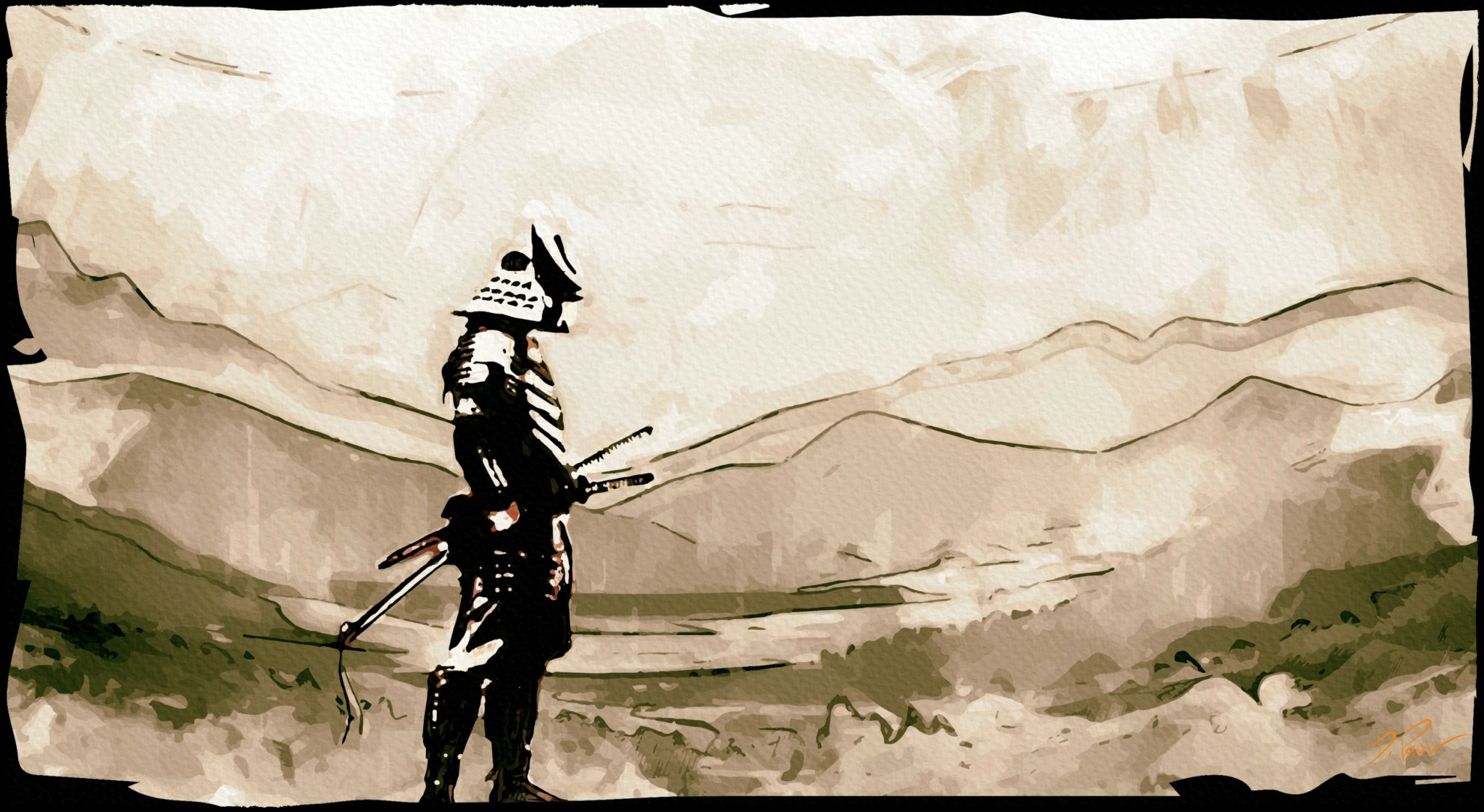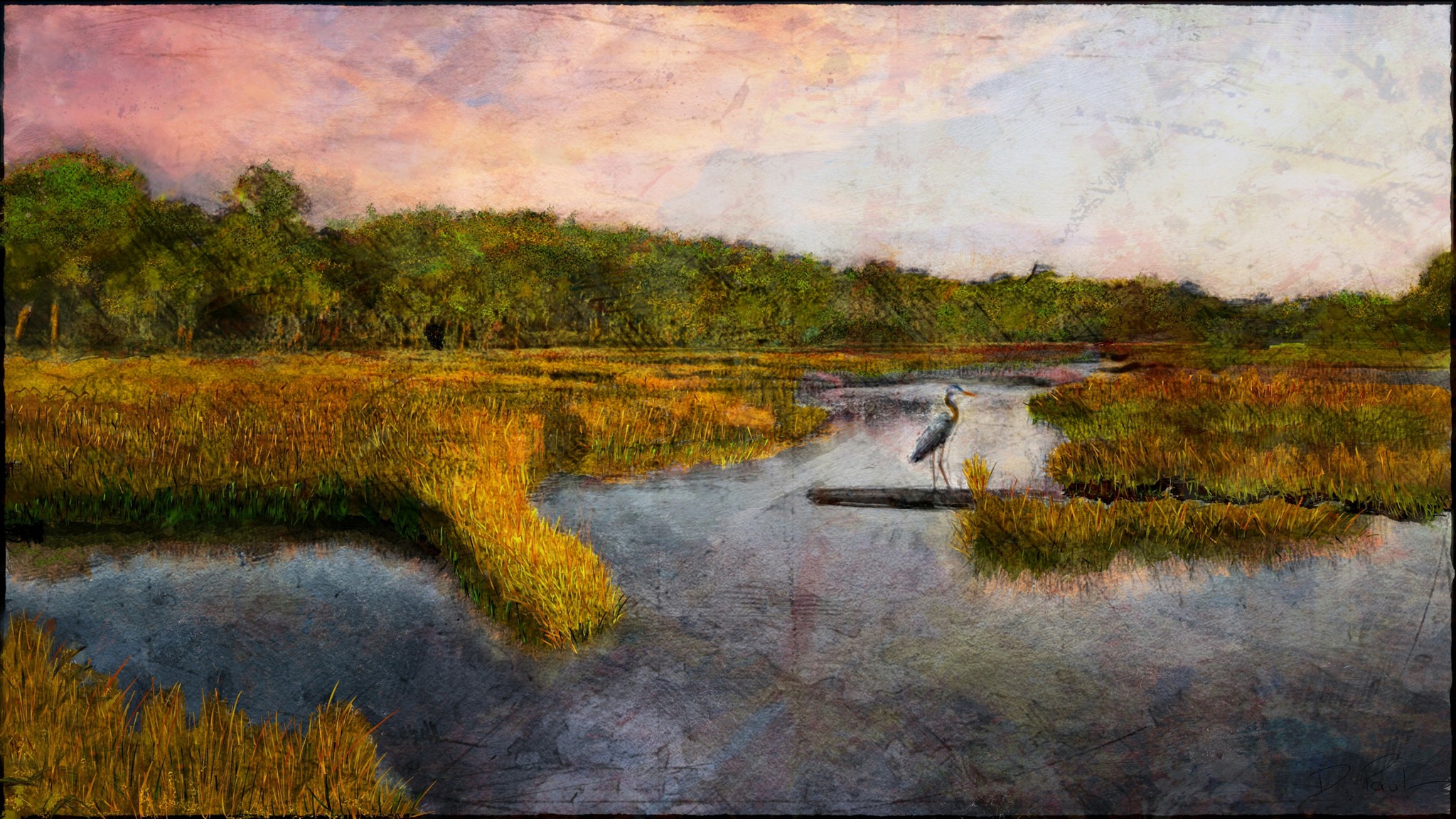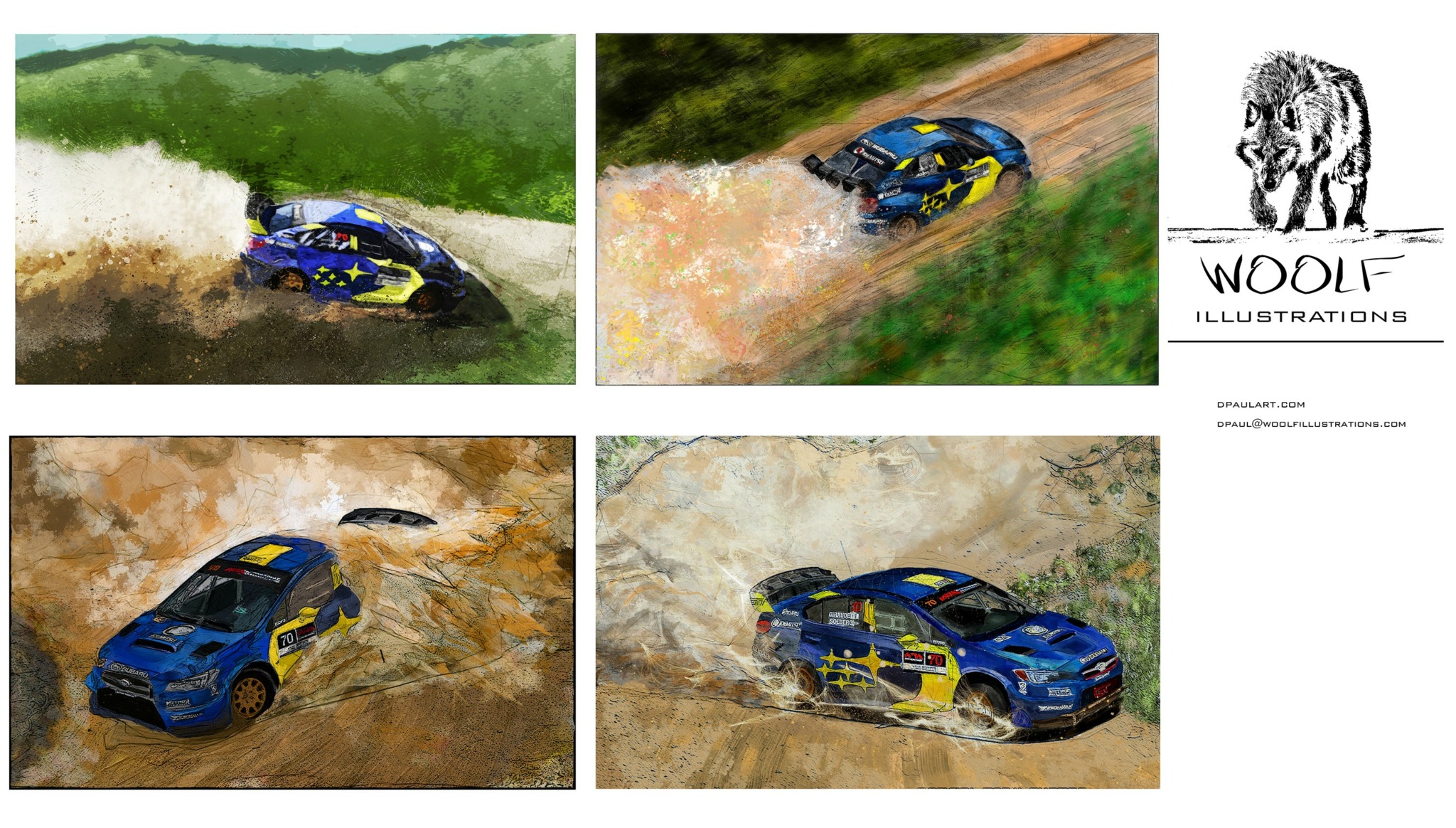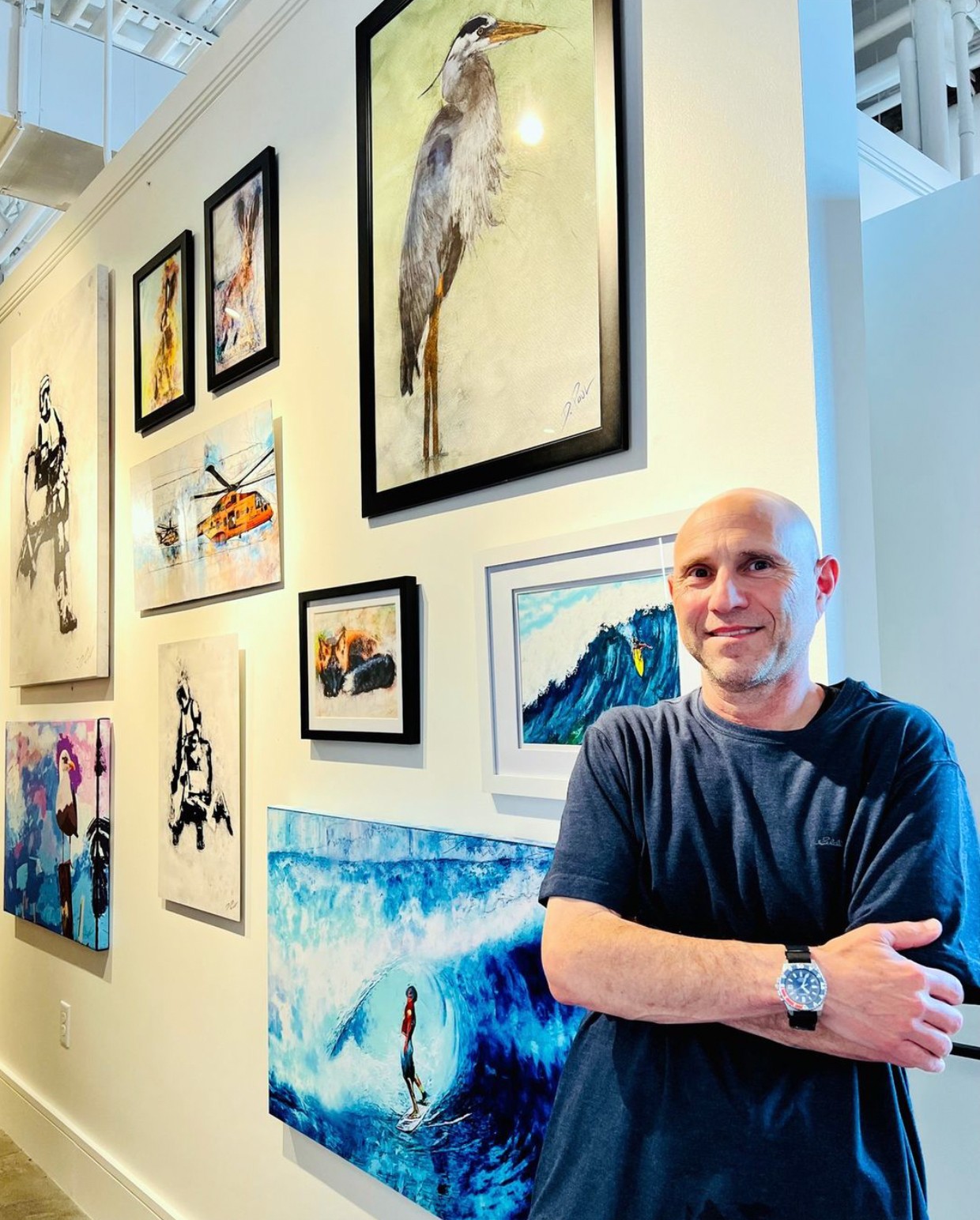We recently connected with Doug Paul and have shared our conversation below.
Doug, appreciate you joining us today. One of the toughest things about progressing in your creative career is that there are almost always unexpected problems that come up – problems that you often can’t read about in advance, can’t prepare for, etc. Have you had such and experience and if so, can you tell us the story of one of those unexpected problems you’ve encountered?
One of the most unexpected challenges I faced as a freelance artist wasn’t the creative process itself, but the struggle of marketing my work. Creating art is one thing, but getting people to notice and buy it is another battle entirely. The question is: how do you make your presence known in an already saturated market? Social media offers a platform, but simply posting isn’t enough—you have to navigate algorithms, engage with audiences, and build a brand over time. The key I’ve found is perseverance and patience. Consistently sharing my work, experimenting with different approaches, and learning what resonates with potential buyers are all part of the long game. Whether through Etsy, social media, or word of mouth, I continue to refine my strategy, knowing that success in marketing is just as much an art form as painting itself.

Doug, before we move on to more of these sorts of questions, can you take some time to bring our readers up to speed on you and what you do?
Woolf Illustrations is the name of the little art studio I run where the right side of my brain makes all the rules. I live near the ocean in Savannah, Georgia with my wife and two dogs, Murdox and Chance (already sent the daughter off to college). An engineer by trade, but artist and author by heart. I create fine art paintings from Fantasy/Sci-fi to traditional landscapes and just about everything in-between. My work has been displayed in high-end art galleries and on numerous book covers. Recently I have begun an apparel line (WOOLF) that features some of my images on t-shirts and other items.
My dad made me learn how to fly an airplane at 15, but I would much rather have been sailing, painting a picture or writing a book. Eventually I got my engineering degree from Auburn University followed by a few more specialty licenses. The thought was to be able to design it, fix it, then fly it… and that seems to have worked out, but the art never stopped calling.
I’m probably a bit too creative for my own good and can never seem to stop dreaming about the future. There is always an idea, new illustration, or some business concept running through my head. So… far too late in life as far as I’m concerned, I decided to put my artistic side of the brain to use and started Woolf Illustrations.

What do you find most rewarding about being a creative?
One of the most rewarding aspects of being an artist is experiencing the genuine appreciation others have for my work. As an engineer by trade, I’m accustomed to problem-solving in a world where solutions are expected, not necessarily admired. But when people discover that I also create gallery-quality paintings, their reactions often leave me speechless. Hearing kind words from total strangers about my art is an entirely different kind of validation—one that speaks to passion rather than profession. It’s a reminder that creativity has the power to connect with people in ways that logic and calculations never could, and that is truly humbling.
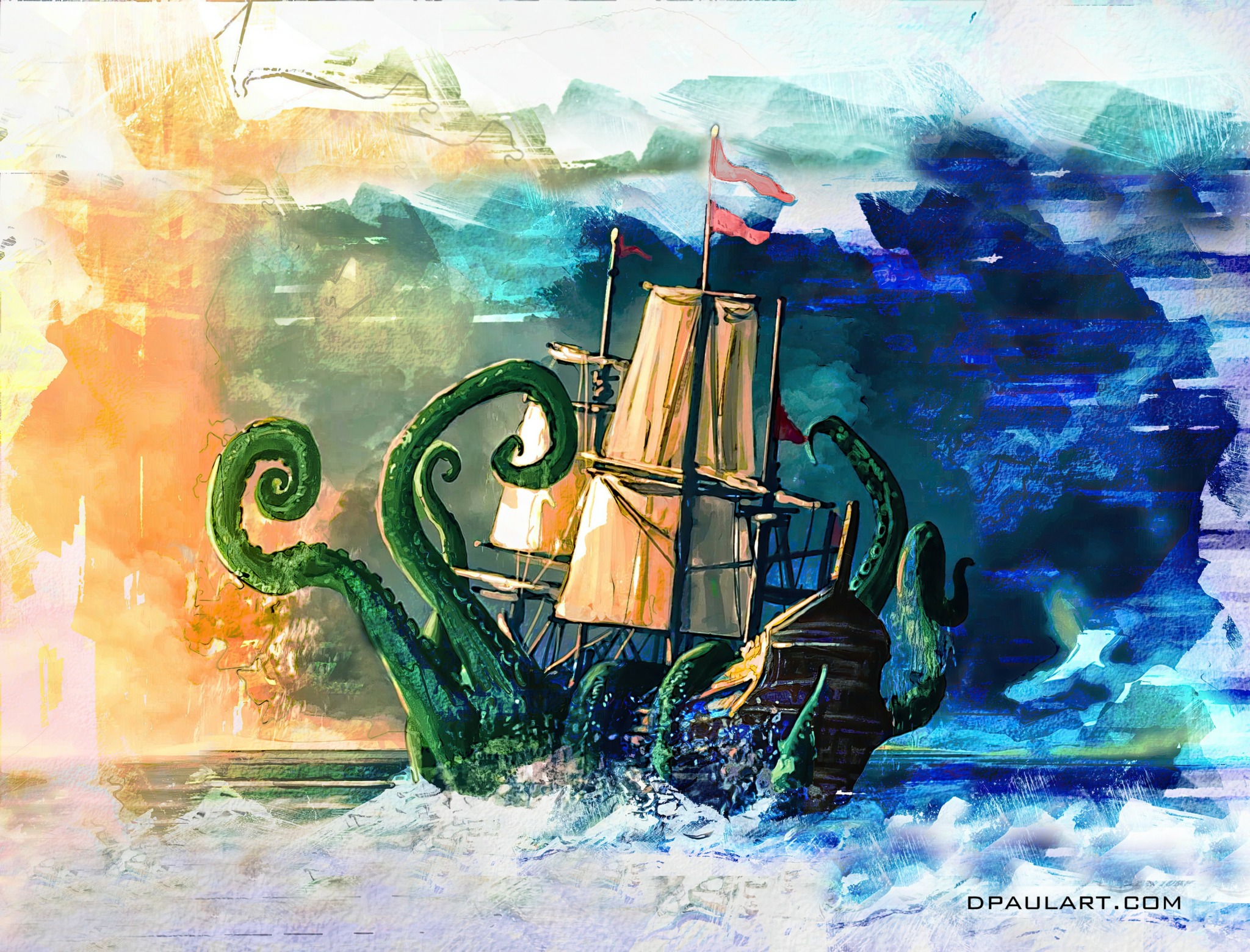
Is there something you think non-creatives will struggle to understand about your journey as a creative? Maybe you can provide some insight – you never know who might benefit from the enlightenment.
Non-creatives often see the world in black and white, relying on structured, analytical thinking to solve problems. As an artist, I see things differently—through colors, emotions, and perspectives that exist beyond rigid logic. Engineers and problem-solvers follow clear, linear paths, but creatives approach challenges with psychology, imagination, and unconventional solutions. The most valuable insight I can share is that true innovation happens when we embrace non-linear thinking. By allowing creative minds to contribute to analytical problems, we open the door to solutions that go beyond black-and-white answers and into a world of limitless possibilities.
Contact Info:
- Website: https://www.dpaulart.com
- Instagram: @woolfillustrations
- Facebook: Woolf Illustrations
- Other: [email protected]

